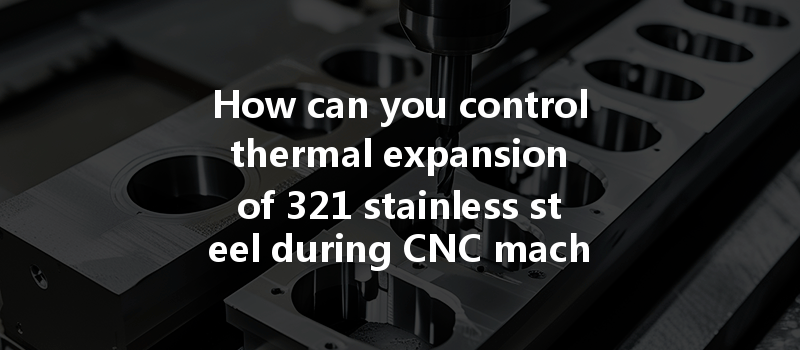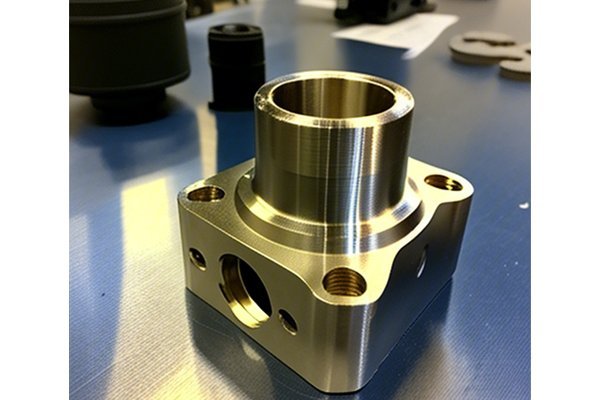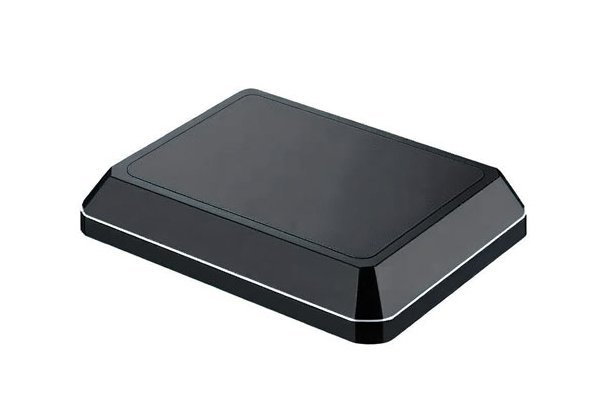Did you know that the thermal expansion of metals can significantly influence the precision of CNC machined components? For instance, 321 stainless steel, known for its excellent high-temperature stability and corrosion resistance, undergoes thermal expansion that can lead to shape distortion during machining processes. In industries where precision is paramount—such as aerospace, automotive, and medical devices—understanding and controlling this phenomenon is crucial for maintaining dimensional accuracy and ensuring the integrity of machined parts.
In this blog, we will explore in detail how the thermal expansion of 321 stainless steel during CNC machining can be controlled. We’ll discuss various methods, techniques, and best practices that engineers and machinists can adopt in their workflows to mitigate the effects of thermal expansion. Ultimately, it’s about achieving the ideal balance between temperature management and the machining process to ensure quality and precision.
Understanding Thermal Expansion in Metals
Before delving into strategies for controlling thermal expansion, it’s important to understand what thermal expansion is and how it affects the machining process.
What is Thermal Expansion?
Thermal expansion is the tendency of matter to change its shape, area, and volume in response to changes in temperature. For metals, this means that as temperature increases, the molecules within the metal begin to vibrate more vigorously, causing the metal to expand. Conversely, when temperature decreases, metal contracts.
In CNC machining, thermal expansion can lead to dimensional changes in components, which can be problematic for precision fittings and tight tolerances. This is especially true for materials like stainless steel, which can exhibit significant expansion.
The Properties of 321 Stainless Steel
321 stainless steel is a titanium-stabilized alloy known for its corrosion resistance and high-temperature strength. It is often used in applications that require good mechanical properties and resistance to oxidation and intergranular corrosion at temperatures up to approximately 900°C (1650°F).
However, one limitation of using 321 stainless steel is its relatively high coefficient of thermal expansion compared to other steels, which means that careful attention must be paid to temperature changes during machining processes.
The Effects of Thermal Expansion on CNC Machining
When machining 321 stainless steel, the heat generated from cutting can cause the material to expand, leading to several issues:
Given these potential issues, it’s clear that controlling thermal expansion is paramount for successful CNC machining of 321 stainless steel.
Strategies for Controlling Thermal Expansion
Here are some effective strategies you can adopt to control thermal expansion when machining 321 stainless steel:
Managing the temperature during machining is crucial in controlling thermal expansion:

Properly preparing the 321 stainless steel before machining can minimize thermal expansion issues:
Choosing the right tools can help mitigate heat and expansion issues:
Implementing specific machining strategies can contribute to better control during operations:
Utilizing digital monitoring tools can help in maintaining optimal conditions throughout the machining process:
After machining, it’s vital to take additional steps to ensure dimensional stability:
Understanding and controlling thermal expansion in CNC machining of 321 stainless steel is essential for ensuring high-quality, precise components that meet industry standards. By adopting temperature management techniques, selecting the right tools, implementing effective machining strategies, and using modern monitoring systems, manufacturers can mitigate the effects of thermal expansion and maintain the integrity of their machined parts.
In conclusion, thermal expansion may seem like a minor factor in the precise world of CNC machining, but its impact on accuracy, efficiency, and product reliability cannot be overstated. By applying the techniques and strategies outlined in this blog, machinists can navigate the challenges and produce higher-quality components consistently. As technology continues to advance, it’s worth considering that investment in better systems and processes for thermal management could yield significant returns in productivity and precision.
By embracing these practices, you ensure that your work adheres to high standards, reduces waste, and contributes to successful project outcomes. Thank you for taking the time to delve into this important topic, and I encourage you to reflect on the role of thermal expansion in your own CNC machining endeavors.






